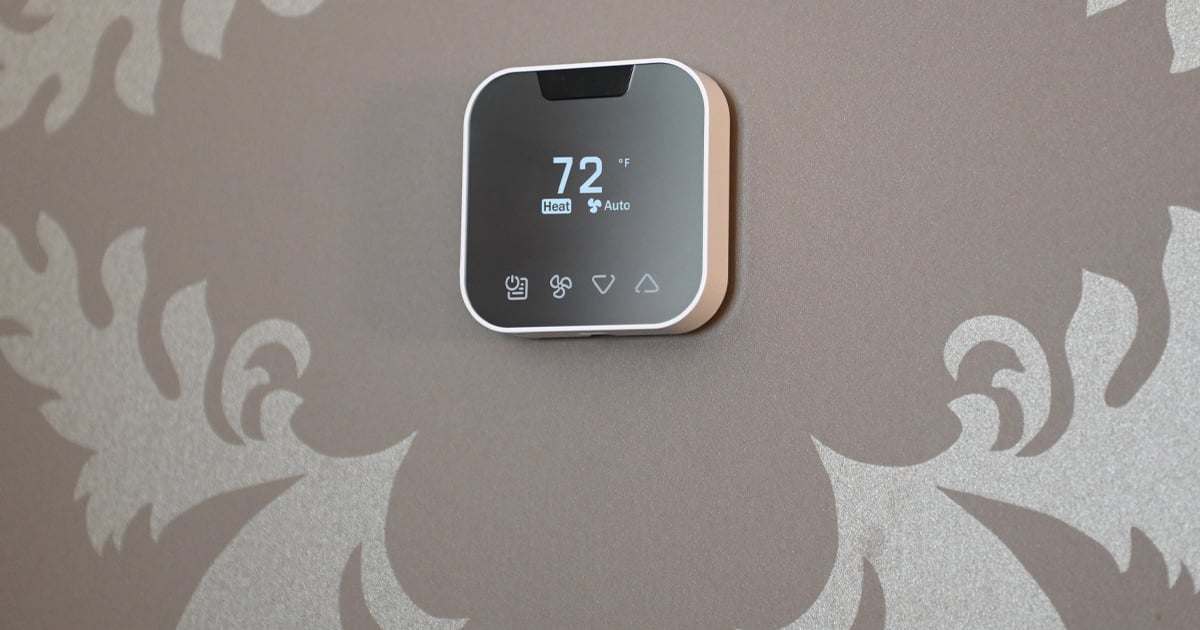Guest Control vs. Centralized Control for Room Thermostats: Finding the Balance
When it comes to managing room temperatures in hotels, the choice between guest-controlled and centralized thermostat systems can significantly impact both guest satisfaction and operational efficiency. Each approach offers distinct advantages and challenges, catering to different priorities and preferences.
![]()
Guest-Controlled Thermostats
Pros
Guest Empowerment: Allowing guests to control room temperature gives them a sense of autonomy and personal comfort, which can enhance their overall experience.
Personalization: Guests can adjust the temperature to suit their individual preferences, promoting a more personalized stay.
Potential Energy Savings: When used responsibly, guest-controlled thermostats can lead to energy savings as guests may adjust temperatures based on their comfort needs.
Cons
Energy Waste: Guests might set temperatures excessively high or low, leading to energy inefficiencies if not monitored.
Maintenance Challenges: Regular monitoring and adjustment by hotel staff are needed to ensure systems are functioning optimally and to prevent misuse.
Comfort Complaints: Some guests may find it difficult to achieve their desired comfort level, leading to dissatisfaction if the system is not intuitive or responsive enough.
![]()
Centralized Control Thermostats
Pros
Energy Efficiency: Centralized control allows for more precise management of energy consumption, optimizing HVAC usage across the hotel.
Operational Oversight: Hotel management can centrally monitor and adjust temperatures, ensuring consistency and efficiency throughout the property.
Maintenance Ease: Centralized systems can be easier to maintain and troubleshoot, with fewer individual units to manage.
Cons
Limited Guest Control: Guests may feel restricted or inconvenienced by not having direct control over room temperatures.
Potential Comfort Issues: Uniform temperature settings may not meet the diverse comfort needs of all guests, leading to less personalized experiences.
Technological Dependence: Reliance on centralized systems requires robust technology and infrastructure, with potential risks of system failures or malfunctions.
![]()
Finding the Balance
Hotels often face the challenge of balancing guest comfort with operational efficiency when choosing thermostat control systems. Here are some strategies to achieve this balance:
- Hybrid Solutions: Incorporating both guest-controlled and centralized systems in different areas of the hotel can cater to various guest preferences and operational needs.
- Technology Integration: Utilizing smart thermostat technologies that offer guest control while allowing centralized monitoring and management can provide flexibility and efficiency.
- Education and Guidelines: Providing guests with guidelines on energy conservation and optimal temperature settings can encourage responsible usage of guest-controlled systems.
- Feedback Mechanisms: Regularly seeking guest feedback and monitoring energy consumption patterns can help hotels refine their thermostat management strategies.
Whether opting for guest-controlled or centralized thermostat systems, hotels must prioritize guest comfort while striving for energy efficiency and operational ease. The ideal approach often involves a thoughtful combination of technology, policy, and guest engagement strategies to create a comfortable and sustainable environment for all guests.
